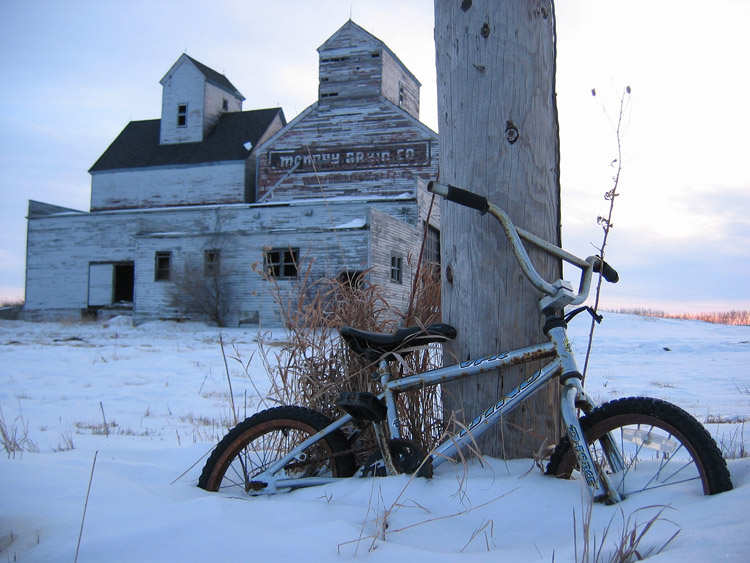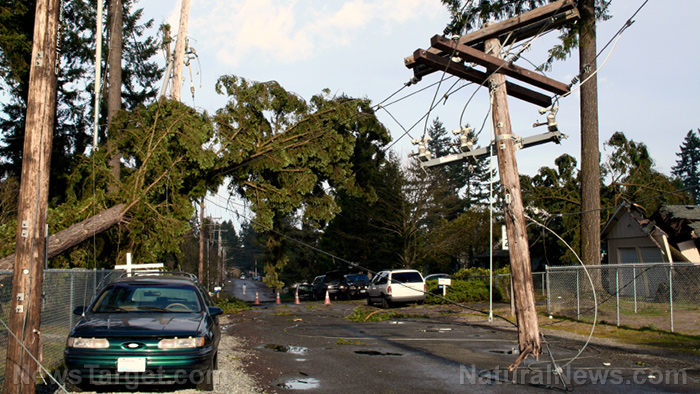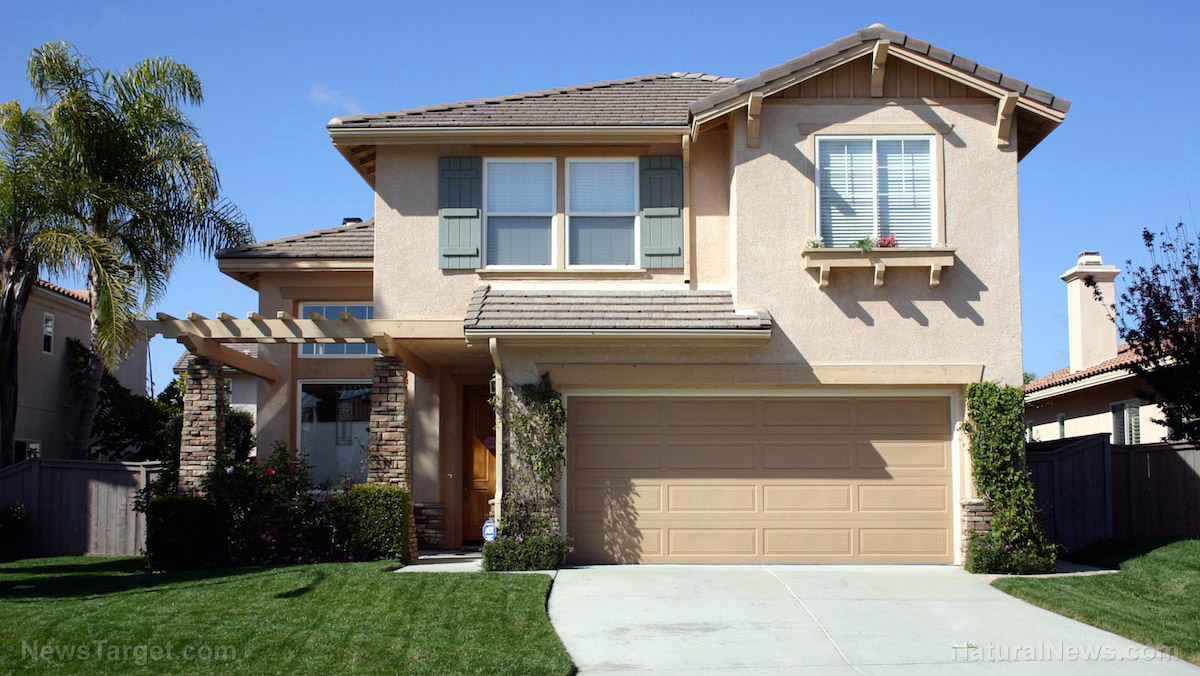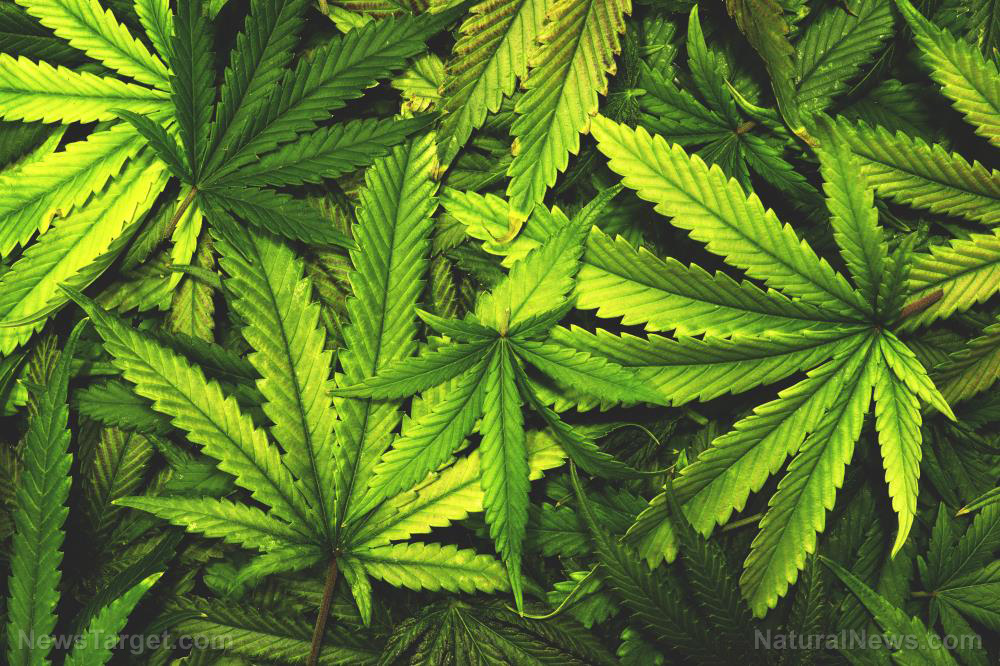Hoover Dam water levels at all-time low, endangering the power grid in Western states
By maryvillarealdw // 2021-08-18
Tweet
Share
Copy
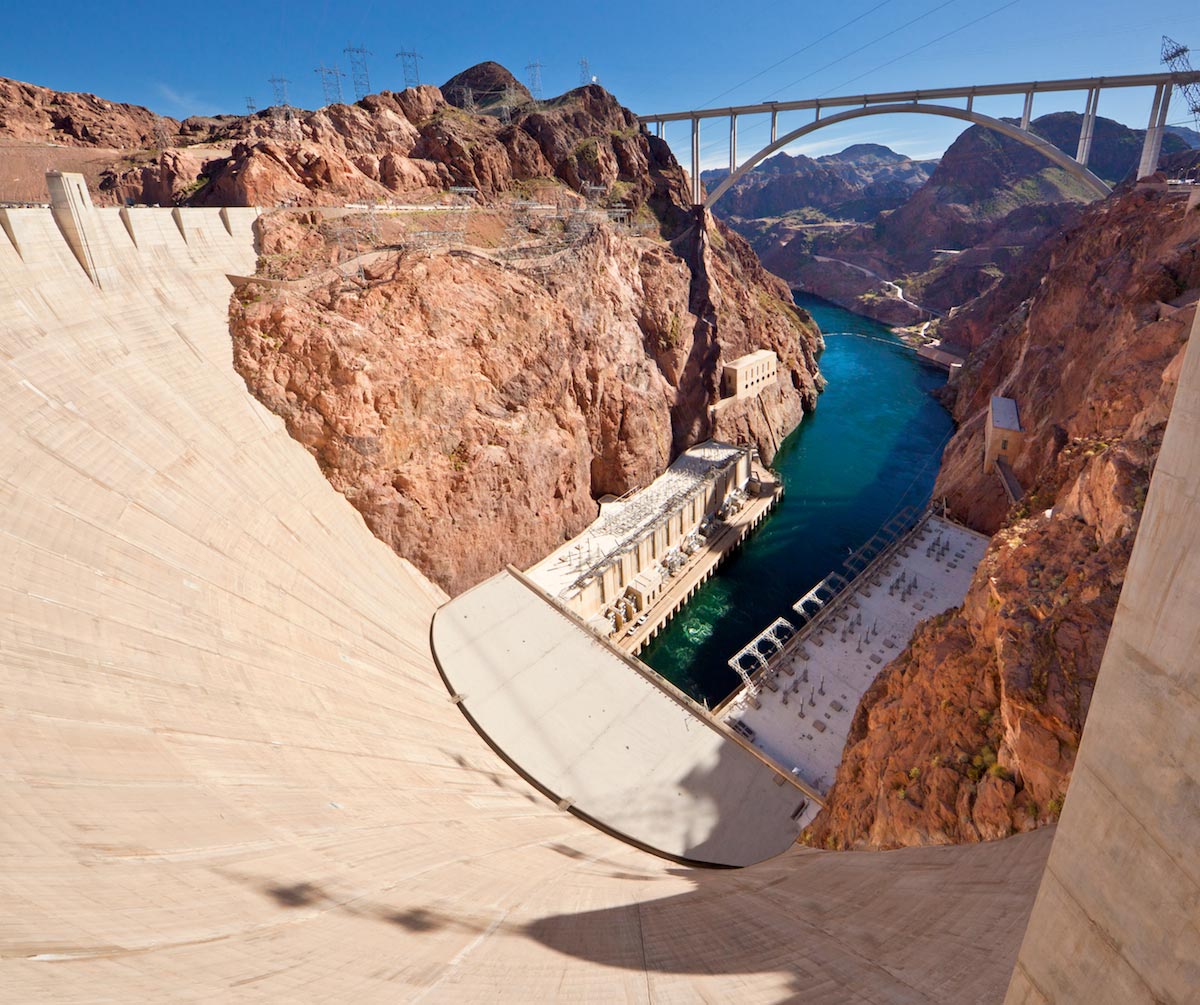
Water levels at the Hoover Dam have sunk to a record low, and it's endangering the source of hydroelectric power for over 1.3 million people across the American West.
The water level at Lake Mead, the Colorado River reservoir serving Hoover Dam, has fallen to 1,068 feet above sea level in July, the lowest it has been since the lake was first filled following the dam's construction in the 1930s. The federal government is expected to declare a water shortage for the first time, triggering cutbacks in water allocations to the surrounding states. (Related: Megadrought brings Great Salt Lake water levels to all-time low... with no end in sight.)
Over the past 20 years, drought conditions have led to over a 130-food drop in water levels at Lake Mead. Researchers say that the lake's water level is expected to fall another 31 feet to 1,037 by June 2023. They also expect the water will continue to recede for the next two years.
This is problematic as dams rely on the pressure of the body of water they are blocking, and as water levels go down, less pressure is exerted, thus the dams produce less hydroelectric energy to produce power. Every foot of water lost converts to about six megawatts less power generated -- or power consumed by 800 homes.
Patti Aaron, a public affairs officer at the Bureau of Reclamation, which operates and maintains the power plant, said that if the water level drops 118 feet from July's 950 feet, it would fall below the turbines, and the dam will have to shut down.
These power declines are significant. In 2000, the water levels were among the highest at 1,200 feet, powering up to 450,000 homes. At its current elevation, however, the figures fall to about 350,000.
The Hoover Dam is among the largest hydroelectric facilities in the United States, and about 23 percent of its output serves Nevada; 19 percent serves Arizona; and the remainder serves Southern California.
The California Independent System Operator (CAISO), which oversees the state's power grid, resorted to rolling blackouts during a West-wide heatwave that constrained the state's ability to import electricity. The lack of supply was especially noticeable in the evening, as solar production declined.
Water shortage in the West
The federal government is planning to declare a water shortage at Lake Mead. This can result in water cuts for Arizona, Nevada, and even Mexico. It generates electricity and supplies water to 25 million people across tribal lands, farms and major cities including San Diego, Los Angeles, and Phoenix. Furthermore, Las Vegas obtains about 90 percent of its drinking water from Lake Mead. At least 4.5 million acres of farmland from Wyoming to the U.S. - Mexico border also use water from the Colorado River. About 70 percent of the water is used for agriculture. "We're just desperately looking to the forecast to see when the monsoon might show up," said Michael Crimmins, a climate scientist from the University of Arizona. This drought is only part of the larger megadrought that is affecting water resources and fueling wildfires in the country. In 2020, over five million acres burned in California, Oregon, and Washington burned due to hot and dry conditions, and more water cuts are expected to ensue if the reservoir continues to lower. The West is struggling during the drought that has reached crisis levels in some areas. In June, the U.S. Drought Monitor said that 55 percent of the West is dealing with extreme or exceptional drought. It has also been made worse by the anomalous hot temperatures in the region every summer. This leads to greater direct evaporation, drying out the landscape, making it susceptible to wildlife growth. Read more about how droughts can affect the U.S. and the rest of the world at Climate.news. Sources include: WSJ.com SmithsonianMag.com WashingtonPost.comTweet
Share
Copy
Tagged Under:
power grid environment disaster water shortage water supply climate clean water hydropower heatwave Megadrought Hoover Dam CAISO electricity supply
You Might Also Like
Scavenging tips: What to look for after TEOTWAWKI
By Divina Ramirez // Share
Hurricane Ida ravages New Orleans, exposing power grid weakness
By Mary Villareal // Share
Lake Babe in Russia mysteriously disappears
By Mary Villareal // Share
6 Common bug-in mistakes and how to avoid them
By Divina Ramirez // Share
Prepping with non-preppers: Don’t burn bridges before SHTF
By Zoey Sky // Share
Recent News
Trump administration poised to downgrade federal marijuana restrictions
By willowt // Share
The decade-by-decade guide to slowing time: New science maps nonlinear aging
By willowt // Share
